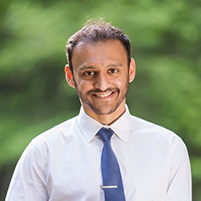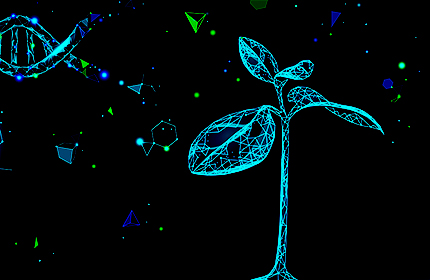Adding Biology to Mathematical Models of Gene Drive Spread in Populations: A Case Study of Engineered Underdominance
-

March 22, 2019
10:00 am - 11:00 pmWebcast
Washington, D.C., USA

Dr. Sumit Dhole
Department of Entomology and Plant PathologyNorth Carolina State University, Raleigh, NC
Understanding how gene drives would behave in natural populations is critical if this tool is ever to be used for the variety of applications that it can potentially serve. However, a multitude of factors currently preclude gene drive experiments in natural populations. Mathematical models can prove useful in elucidating the expected behavior of gene drives in response to a number of biological factors and can also reveal patterns of gene drive spread that are too complex to be intuitively predicted. The assumptions and details of a mathematical model influence the applicability of the results to natural populations, similar to the role that experimental conditions play for laboratory experiments. Part of the Agriculture & Food Systems Institute’s Gene Drive Modeling Conference Seminar Series, this presentation by Dr. Sumit Dhole focused on how simple mathematical models can be used to study expected gene drive behavior, and how biological details can be added to simple models to address the effects of factors like migration and population-density dependence. A particular gene drive, called Engineered Underdominance, which has potential for spatially restricted population alteration, served as a case study.
The live online seminar was by invitation only.



